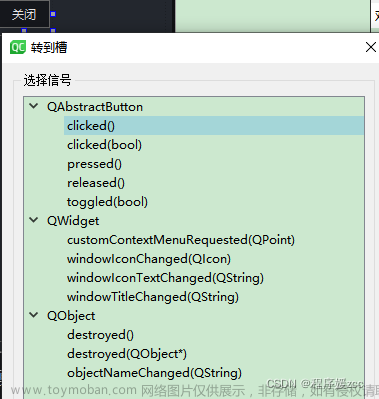在使用类方式创建组件时,类中定义一个函数,并且绑定到元素的点击事件上,此时这个函数中this指向并不是当前这个组件。
组件代码如下:
class App extends React.Component {
// 组件数据
constructor() {
super()
this.state = {
message: 'hello world',
}
}
// 点击函数
btnClick() {
this.setState({
message: 'hello react',
})
}
// 渲染函数
render() {
return (
<div>
<h2>{this.state.message}</h2>
<button onClick={this.btnClick}>
修改文本
</button>
</div>
)
}
}
如上代码中,点击修改文本按钮,会发生如下报错
Uncaught TypeError: Cannot read properties of undefined (reading 'setState')
提示 undefined 找不到 setState 方法。
主要原因如下:
- 默认情况下
btnClick内的this是绑定的是undefined,熟悉this绑定的应该知道,this是绑定运行时调用这个函数的对象,this绑定详解可以查看:https://www.cnblogs.com/easy1996/p/17954257; - 在正常的DOM操作中,监听点击,调用监听函数的其实是节点对象,比如上面的按钮对象;
- 在React中,并不是直接渲染真实的DOM,render渲染函数中所编写的button只是一个语法糖,最终会编译成
React.createElement("button", {onClick: this.btnClick}); - 同时会将
btnClick函数暴露出来,以const click = onClick(伪代码)的形式; - 当点击事件触发时,react执行上面的
click函数,默认里面this就是绑定的undefined,相当于window中调用函数(严格模式下为undefined);
解决方法:
知道了问题在于 this 的绑定不对,有三种方式解决:
1.给点击函数显式绑定 this
class App extends React.Component {
constructor() {
super()
this.state = {
message: 'hello world',
}
// 位置1.在此处重新给点击函数绑定this为组件对象
this.btnClick = this.btnClick.bind(this)
}
btnClick() {
this.setState({
message: 'hello react',
})
}
render() {
return (
<div>
<h2>{this.state.message}</h2>
{/* 位置2.直接在渲染函数中重新绑定this */}
<button onClick={this.btnClick.bind(this)}>
修改文本
</button>
</div>
)
}
}
在上面两个位置任选一个重新绑定 this 为组件对象即可。
2.使用 ES6 class field
class App extends React.Component {
constructor() {
super()
this.state = {
message: 'hello world',
}
}
// class field
btnClick = () => {
this.setState({
message: 'hello react',
})
}
render() {
return (
<div>
<h2>{this.state.message}</h2>
<button onClick={this.btnClick}>修改文本</button>
</div>
)
}
}
上面使用 class field的方式,给 btnClick 赋值一个箭头函数,箭头函数默认绑定当前环境的 this。
3.直接在按钮上使用箭头函数(推荐)文章来源:https://www.toymoban.com/news/detail-776967.html
class App extends React.Component {
constructor() {
super()
this.state = {
message: 'hello world',
}
}
btnClick() {
this.setState({
message: 'hello react',
})
}
render() {
return (
<div>
<h2>{this.state.message}</h2>
{/* 直接绑定箭头函数 */}
<button onClick={() => this.btnClick()}>修改文本</button>
</div>
)
}
}
再看一下此时执行的流程:文章来源地址https://www.toymoban.com/news/detail-776967.html
-
onClick绑定的是一个箭头函数,箭头函数的this绑定的是App组件对象; - 前面的两个例子中是将这个函数引用赋值给
onClick,等待按钮事件点击,然后再触发这个引用的函数,onClick={this.btnClick}; - 而上面的代码中,是
onClick={() => this.btnClick()},是将() => this.btnClick()这个箭头函数赋值给onClick,按钮点击触发这个箭头函数,而箭头函数内部是一个已经调用过的btnClick()函数,包含(),调用时在箭头函数内部,所有this绑定的是App组件对象。
到了这里,关于react 事件函数中 this 绑定问题的文章就介绍完了。如果您还想了解更多内容,请在右上角搜索TOY模板网以前的文章或继续浏览下面的相关文章,希望大家以后多多支持TOY模板网!













